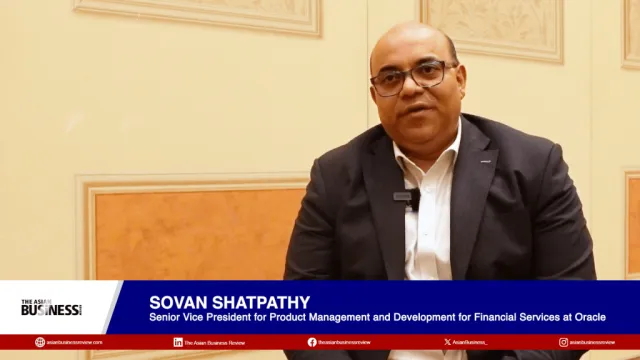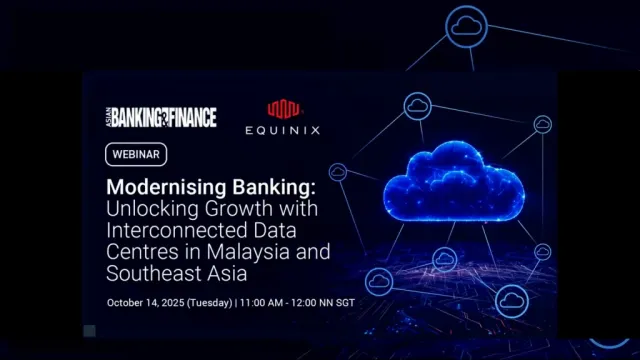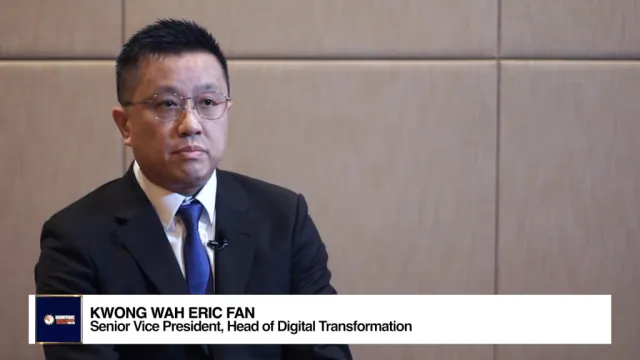Singapore
Regulatory reporting challenges for Asian banks
Regulatory reporting challenges for Asian banks
With the increasing intensity of regulatory oversight, the importance of a bank’s ability to report to local regulators and respond to ad-hoc requests accurately and promptly has never been greater.
Asia becomes a mature market for private banking
The world of Private Banking in Asia is changing quicker than ever before. The last economic crisis forced the banks as well as the bankers to change their mindset.
Why retention still matters, even in a downbeat APAC job market
There are more redundancies and fewer vacancies in Asian and Pacific financial services than a year ago as many institutions strive to slash costs in an uncertain global economic environment. But this isn’t an excuse for employers to stop focusing on retaining their staff. Whether it’s motivated by saving costs, targeting high performers, pre-empting future attrition, or stopping defection to the corporate sector, retention still matters. Reasons for retention The cost of rehiring is always a driver of retention, and firms are even more loath to replace staff in a cost-conscious climate. Retention strategies are often targeted at high performers whose skills need to be kept in-house, particularly when the firm is battling a downturn. Although there aren’t too many financial services opportunities available in the short term, the desire to move roles is still fairly strong. In Singapore and Hong Kong respectively, 66% and 63% of finance professionals intend to jump ship this year, according a recent survey carried out by my company. Yet they are realistic about their chances, with more than 70% of respondents in both centres expecting it to be hard or very hard to find a new position. The potential danger for employers is that pent-up demand to leave their ranks will grow, resulting in too many staff quitting when markets pick up – just the time when firms want to expand, not lose talent. Going corporate Another retention problem is already underway. HR professionals in Asia have told me that compared with a year ago more people are considering opportunities in other industries. In an era of lower bonuses and leaner teams, some employees are questioning whether working long hours is still worth the effort, especially when many corporate employers seem less vulnerable to retrenchments. People with sector-transferable skills, such as those in accounting, risk and technology, pose the greatest retention danger. Heavy workloads help to explain why having flexible hours is an important non-monetary benefit. Our survey reveals that 84% and 79% of active job seekers in Singapore and Hong Kong respectively consider it to be crucial, yet only about half currently enjoy it. This supports remarks from recruiters that people are leaving financial services partly to gain better work-life balance elsewhere. Flexible working in the finance sector – while historically poor and still inappropriate for some jobs – is growing in importance. Although initiatives are often company wide, some organisations allow managers to authorise reasonable requests from staff without HR approval. Programmes can also be targeted at particular groups, such as women returning from maternity leave. And importantly, employers should provide proper technical support to those who work from home, and establish ground rules to ensure they are not tied to their mobile devices late at night. What staff are seeking Retention does not always come down to bidding wars because employees are now increasingly looking for a mapped-out internal path that will put them in a stronger position in the future. Our survey indicates that a lack of career progression beats compensation as the top motivating issue for those looking for a job. A lack of recognition for accomplishments is the third key factor, and this poses a challenge to managers, especially when many staff feel under pressure following downsizing. In a downbeat market, it’s important to recognise people’s efforts and keep them energised. The hardest candidates to headhunt are those who like their job and have a good relationship with their boss. The way in which firms handle the aftermath of lay-offs is also essential to keeping the remaining workforce loyal in the longer term. Line managers should meet employees and clearly explain the business case behind their colleagues’ redundancies. Having plans to redeploy, or offer career advice to, retrenched staff also helps to improve morale among the survivors. Retention matters right now thanks to factors including the high cost of replacing staff and potential attrition when markets recover. It is up to senior management, line managers and HR to work together to boost retention rates, concentrating on the issues most relevant in the post-GFC financial world – career progression, recognition and flexible working chief among them.
European banks continue exodus from Asia
The dire Eurozone debt crisis is forcing more European banks to withdraw massive investments from Asia.
Singapore's bank lending in April up 0.6%
Singapore's bank lending totaled 340.1 billion U.S. dollars in April, up from 338.0 billion U.S. dollars in March, according to statistics by the Monetary Authority of Singapore.
Depositors challenge basel III paradigm
Most financial services regulation fails because it is backward-looking. In seeking to address the problems of the last crisis, regulators often sow the seeds of the next.
Gold is money that governments cannot debase
Gold isn't an investment the way most folks see it. A hundred shares of Coca-Cola is an investment. An income-producing rental property is an investment. Gold is "real money" and thus is a crisis hedge.
From managing resources to managed resourcing
In these tough times, as the global financial industry is going through turbulent times, the Asian banking and financial services industry, relatively less impacted, is learning from the lessons and preparing for the times to come.
Regulatory capital is no guarantee for survival
What is Basel II / Basel III / Basel Quattro?
Managing the wealth of ultra rich Asians
The explosive growth of wealth populations in emerging markets presents both eye-watering opportunities and challenges for wealth management professionals. In Asia, the need to address challenges faced is most critical, as it is predicted to be in the early stages of a 150 year wealth cycle.
Optimising for customer value across channels
In today’s competitive, cost-conscious and profit-driven economy, Asian banks must continually focus on optimising their distribution channels in a way that allows them to move customers into higher-value relationships.
Islamic finance needs the same regulation as conventional finance: CIMB
But flexibility to be different between one jurisdiction to another should also be allowed in Islamic finance just as it is allowed in conventional finance.
Singaporean banks prove resilience in stress test: Fitch
Fitch says Singapore banks can fully absorb asset-quality shocks through their earnings alone, thereby leaving a limited impairment risk on capital.
GRG Banking pioneers gift card-issuing ATMs
The latest version of the automated teller machine can also issue debit cards.
Singapore's UOB ups Q1 profit by 12%
United Overseas Bank Ltd posted 12 percent rise in quarterly profit due to higher loan margins and fees.
Temasek “rebalances” investments in China’s Big Four banks
Singapore's sovereign-wealth fund Temasek Holdings has invested more in China’s largest bank at the expense of two other Big Four banks.
Taking the pain out of annual budgeting
For many Asian companies the creation of the annual plan or budget is a major event that consumes significant time and resource across the organisation, particularly in finance.















 Advertise
Advertise














Commentary
Fighting fraud in the digital banking age
Asian banking’s next frontier: Beyond growth, embracing precision
Rethinking cybersecurity: How APAC banks can safeguard against AI-powered threats
Why Singapore’s fast payments need faster protections